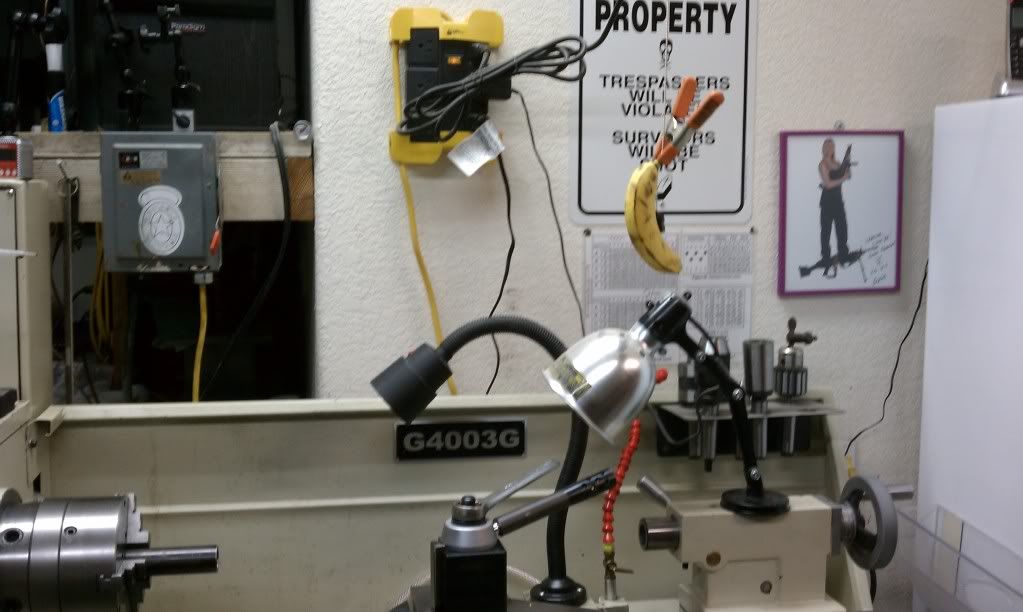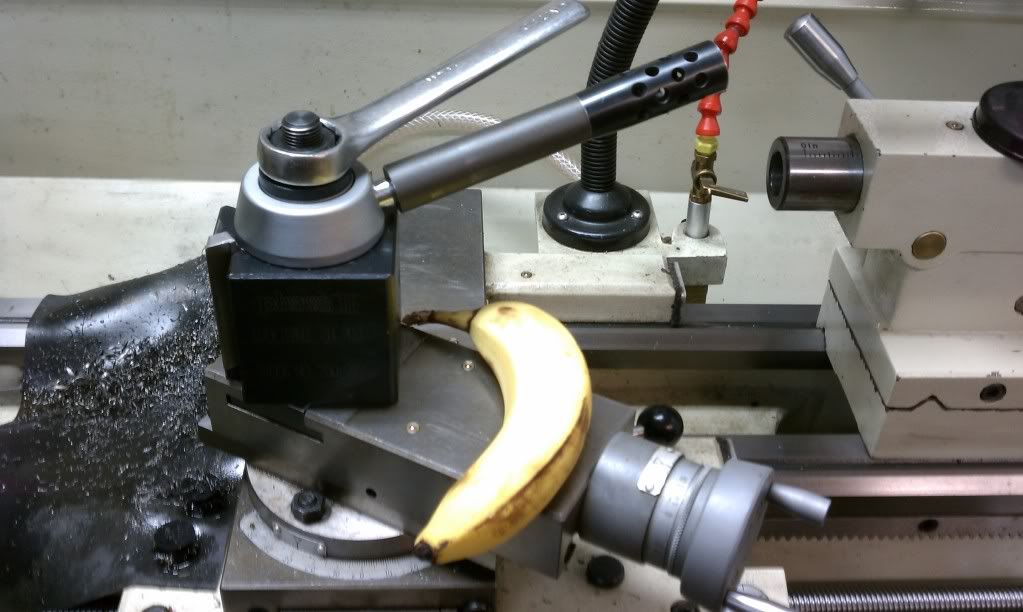Re: Test Indicators
<div class="ubbcode-block"><div class="ubbcode-header">Originally Posted By: lvcatfish</div><div class="ubbcode-body">How would I adjust the buck chuck to center the barrel?
<span style="font-weight: bold">Basically as you surmised here:</span>
The guy I bought the lathe from used the buck chuck and then rough centered with an indicator in the grooves at the breach end. He would then use an endmill to pre-bore a hole that would be chased with a boring bar. He made this large enough to insert a long stem indicator to re-center off of the grooves near the throat. Then he would lightly clean up with the boring bar and proceed to ream.
</div></div>
If the bore was perfectly parallel with barrel OD, it would simply be a matter of using the Set-Tru feature of the chuck to get the bore centered up. Assuming the jaws were concentric & chuck scroll was accurate. You can use a tool post grinder and a boring ring to grind the jaws for the barrel OD to improve your accuracy.
Another method would be to a split ring of sorts, copper, around the barrel, like what Bryant Customs describes. This would give enough, (perhaps too much), and allow the barrel to move instead of bend when adjusting the muzzle end.
What would work well, which I haven't experimented with yet, would be a pair of large self aligning flange bearings (ID close to the spindle ID) one mounted on a faceplate and the other at/on the spider. The bearings would be best if the seals had been popped out and the grease replaced with Acraglass. You'd have what is refereed to in the Ag world as "pig eyes" typically found on a 3 pt. tractor hitch. You would make bushings that allowed you to fit the barrel dia. in each end of the flange bearing bore. This would allow you move the barrel in any direction in the lathe spindle without imposing bending stress on the barrel. Once aligned, you would have to use something like a lathe dog to lock & prevent the bearings from moving in the flanges. Your Set-Tru chuck and spider/cat-head would work as normal when aligning the bore.
ETA: After a little more thought, a pair of spherical bearings would be ideal for this jig.







